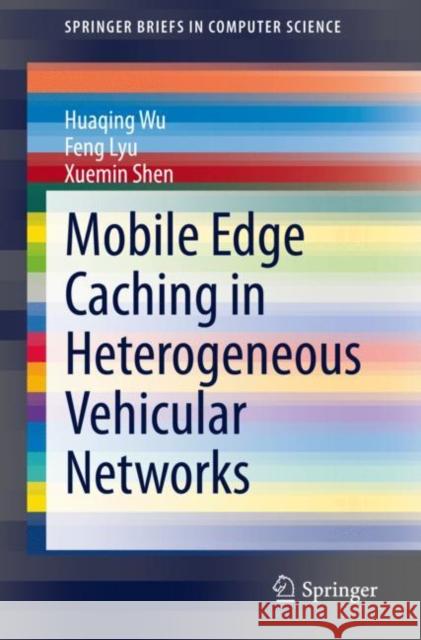Mobile Edge Caching in Heterogeneous Vehicular Networks » książka
topmenu
Mobile Edge Caching in Heterogeneous Vehicular Networks
ISBN-13: 9783030888770 / Angielski / Miękka / 2021
To support smart vehicular services especially in the future driverless era, the vehicular networks are expected to support high-bandwidth content delivery and reliable accessibility of multifarious applications. However, the limited radio spectrum resources, the inflexibility in accommodating dynamic traffic demands, and the geographically constrained fixed infrastructure deployment of current terrestrial networks pose great challenges in ensuring ubiquitous, flexible, and reliable network connectivity. This book investigates mobile edge content caching and delivery in heterogeneous vehicular networks (HetVNets) to provide better service quality for vehicular users with resource utilization efficiency enhancement. Specifically, this book introduces the background of HetVNets and mobile edge caching, provides a comprehensive overview of mobile edge caching-assisted HetVNet techniques in supporting vehicular content delivery, and proposes/designs mobile edge content caching and delivery schemes in different HetVNet scenarios respectively to enhance vehicular content delivery performance. Afterward, this book outlines open issues and research directions in future mobile edge caching-assisted space-air-ground integrated vehicular networks.
The topics addressed in this book are crucial for both the academic community and industry, since mobile edge caching in heterogeneous networks has become an essential building block for the communication systems. The systematic principle of this book provides valuable insights on the efficient exploitation of heterogeneous network resources to fully unleash their differential merits in supporting vehicular applications. In addition, this book considers different HetVNet scenarios from terrestrial HetVNets to air-ground HetVNets and space-air-ground HetVNets, which can provide a general overview for interested readers with a comprehensive understanding of applying mobile edge caching techniques in enhancing vehicular content delivery performance, and offer a systematized view for researchers and practitioners in the field of mobile edge caching to help them design and optimize the desired vehicular content delivery systems.
- Provides in-depth studies on mobile edge content caching and delivery scheme design for three typical HetVNet scenarios;
- Comprehensively covers the analysis, design, and optimization of the mobile edge content caching-assisted HetVNets;
- Systematically addresses vehicle mobility, network service interruptions, and dynamic service request distribution issues in the mobile edge content caching and delivery.











